Barbata means bearded and it would be hard to come up with a more apt name for this interesting little gem which is not just beautiful, but also interesting in an ecological sense.
The pictures show how dramatically the appearance of the plants changes between late autumn and late spring. Please bear in mind that the plants occur in the southern hemisphere, and also that they only grow in the cooler and wetter months (autumn to early spring).
In nature, these plants are short-lived (1-2 years). They are so-called monocarpic, which means they die after flowering (new rosettes may be produced at the base).
Their leaves are variable in shape and about 1-2 cm long and 2-3.5 cm wide. They are fringed with relative long hairs (cilia), which may be up to 0.5 cm in length and are able to absorb dew. Over a hundred years ago, Marloth found out that plants of this species could absorb in this way more than 5 % of their weight per night.
Although the plants are stemless, they are up to 30 cm tall when in flower (September-November).
This subspecies is widespread from the Cederberg to the Little Karoo, always occurring in small numbers, as a rule in shade, under shrubs or on rocky slopes.
Ssp. broomii is only known from near Victoria West and mainly differs in the much shorter cilia (less than 1 mm).
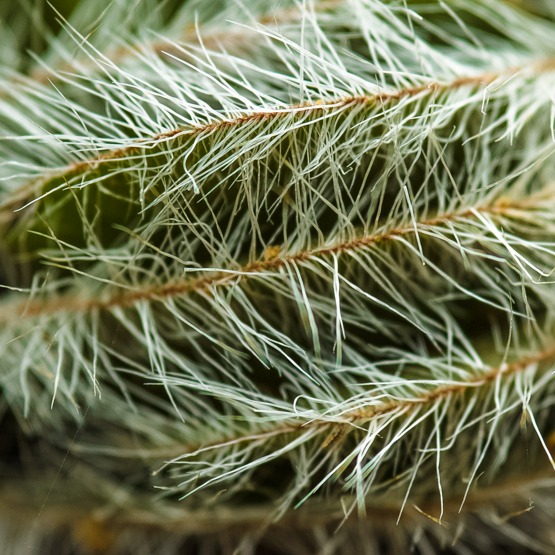
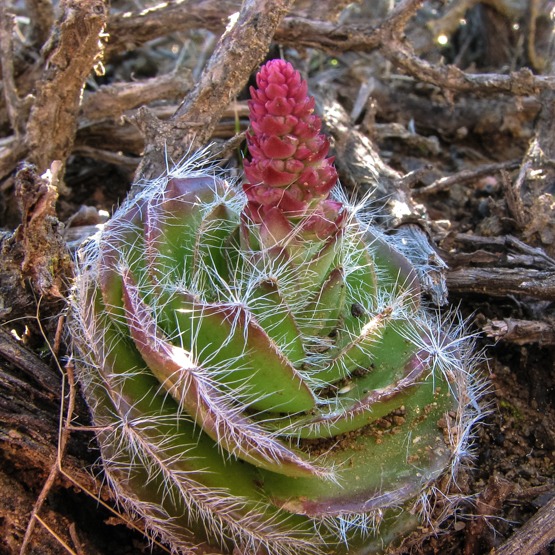
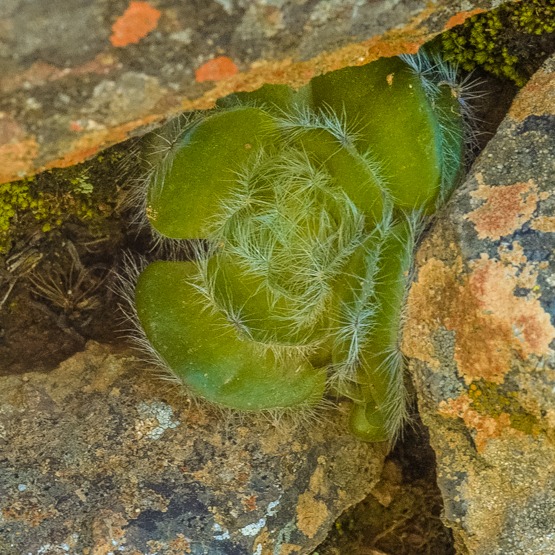
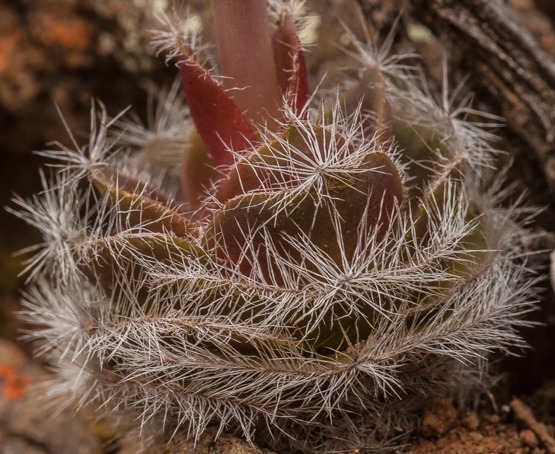


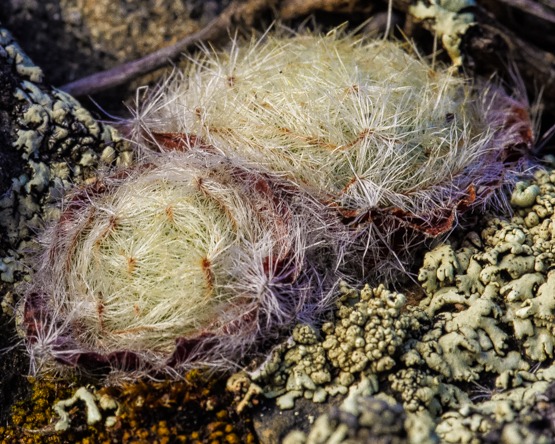
With summer approaching, the rosettes have closed to minimize transpiration. The cover of long hairs also acts as insulation against strong light and desiccating winds.
So Beautiful would love to see in real life
If you want to see it in the wild, you’ll have to come to South Africa, I’m afraid!
Why do certain succulents change colour from green to red when exposed to bright sunlight?
Hi Geoff,
Thanks for your question; it is always good to get a response from readers. I hope the following is of some use.
The discolouration is caused by anthocyanins. It is believed to act as a kind of sunscreen by absorbing blue-green and ultraviolet light, so that photosynthetic tissues are protected from high-light stress.
It is good to remember that the accumulation of anthocyanins can be induced by a host of other stress conditions as well: very high or low temperatures, wounding, infection, lack of nutrients or water.
Apart from that it is also often seen in young seedlings, where the protective tissues in the epidermis have not been developed enough.
The exact mechanisms involved in all this are not yet fully understood, as a quick tour of the internet will make clear.